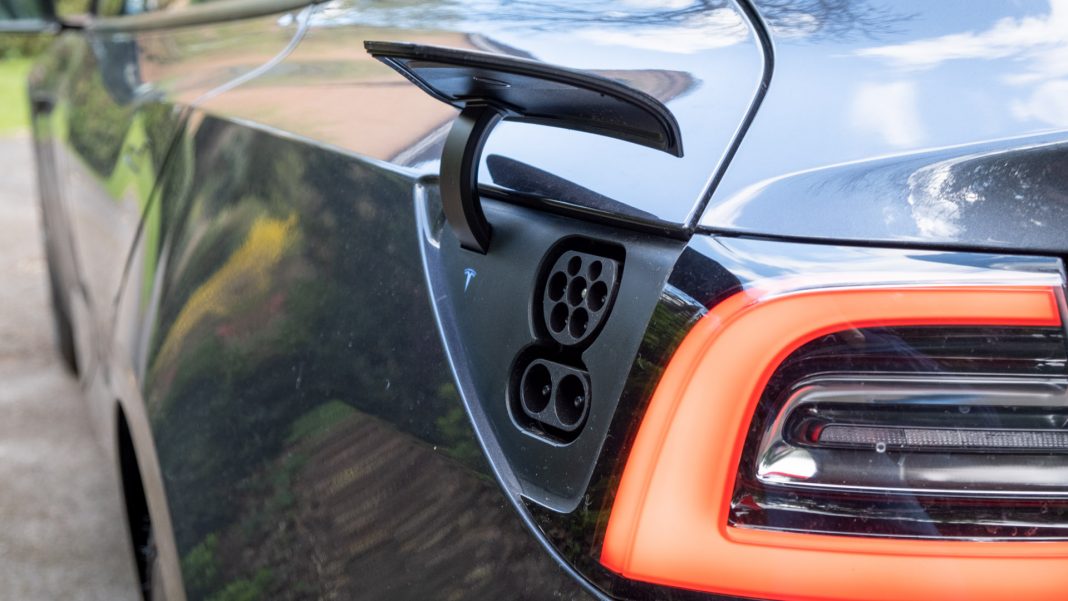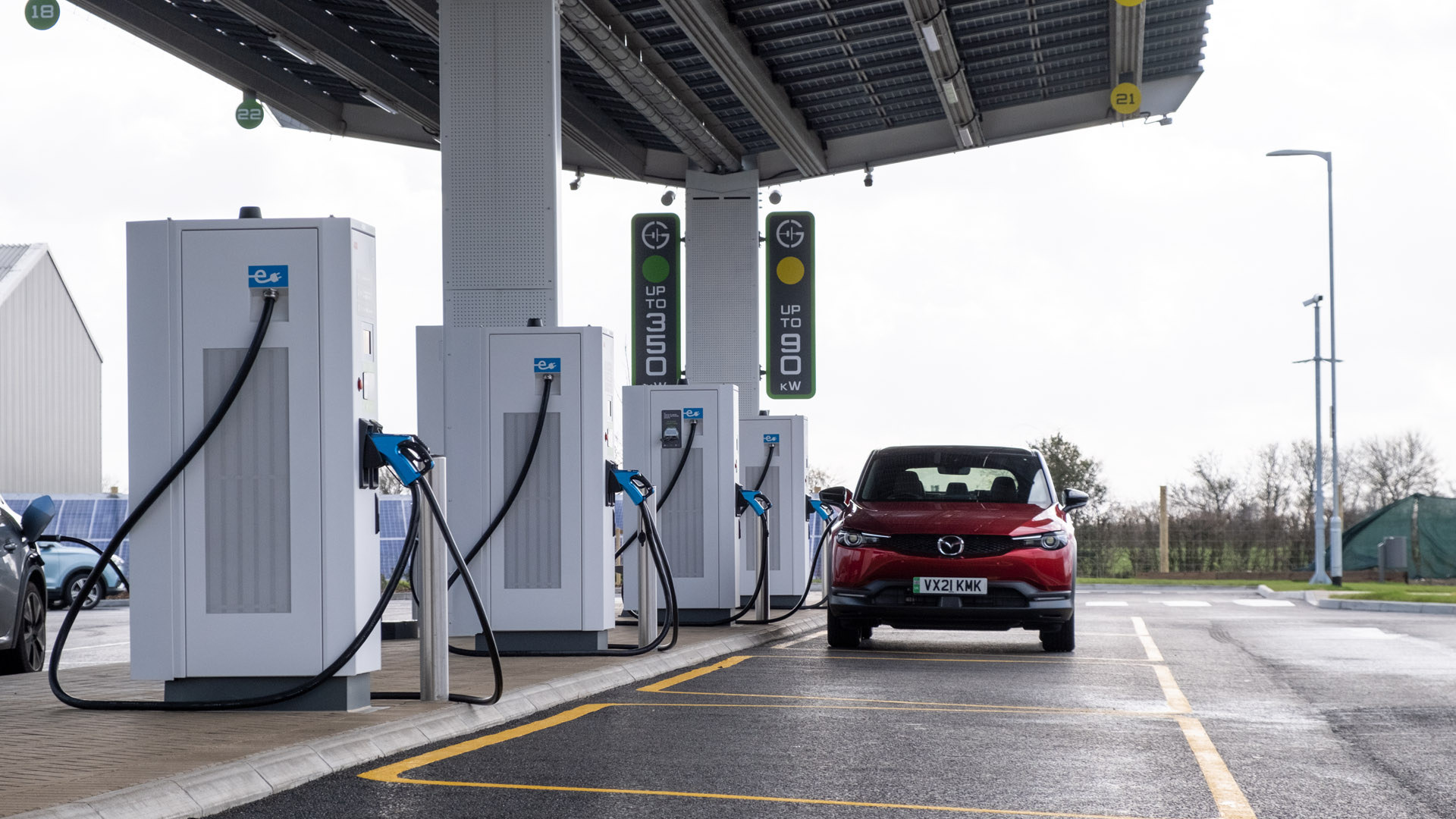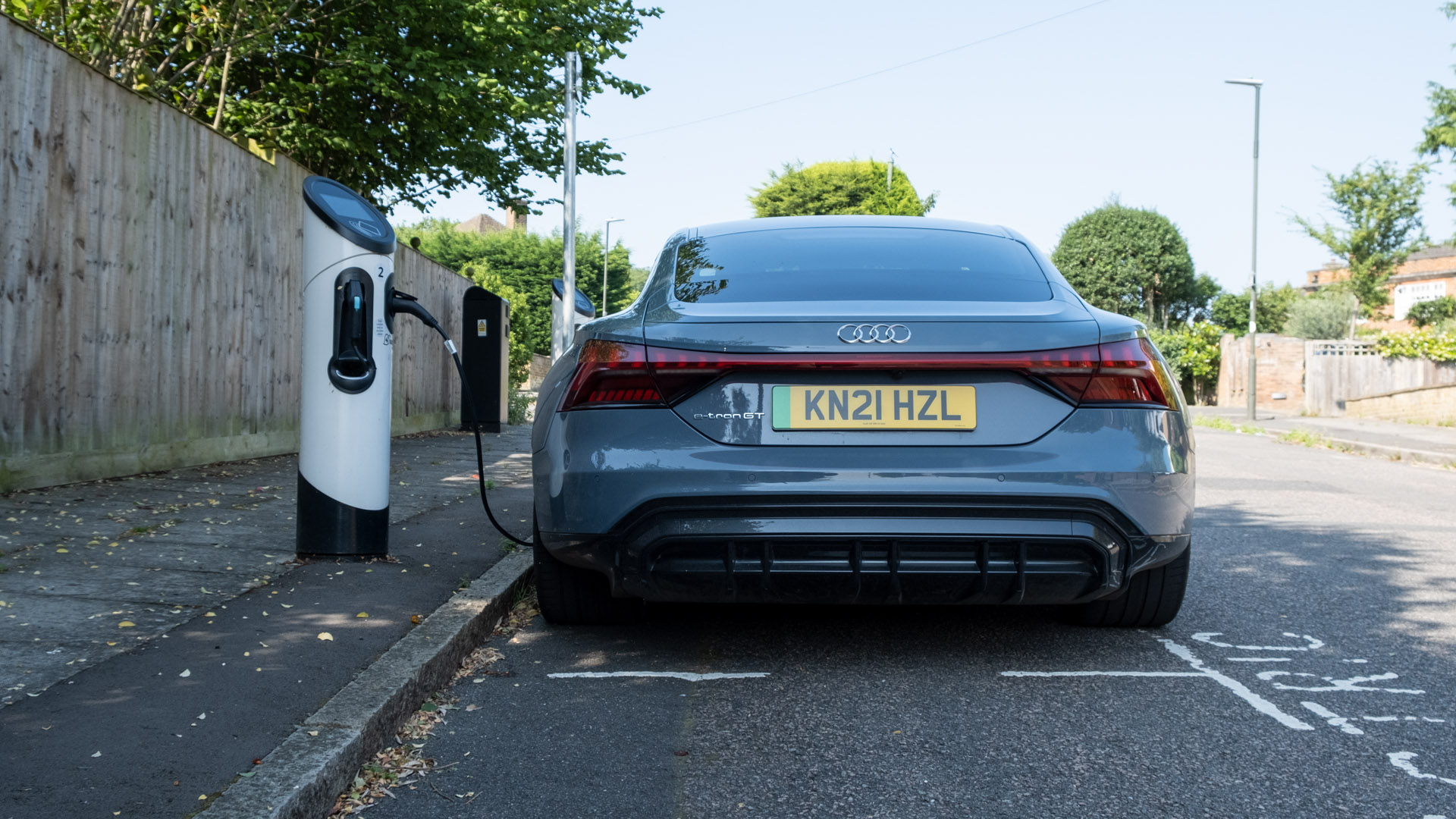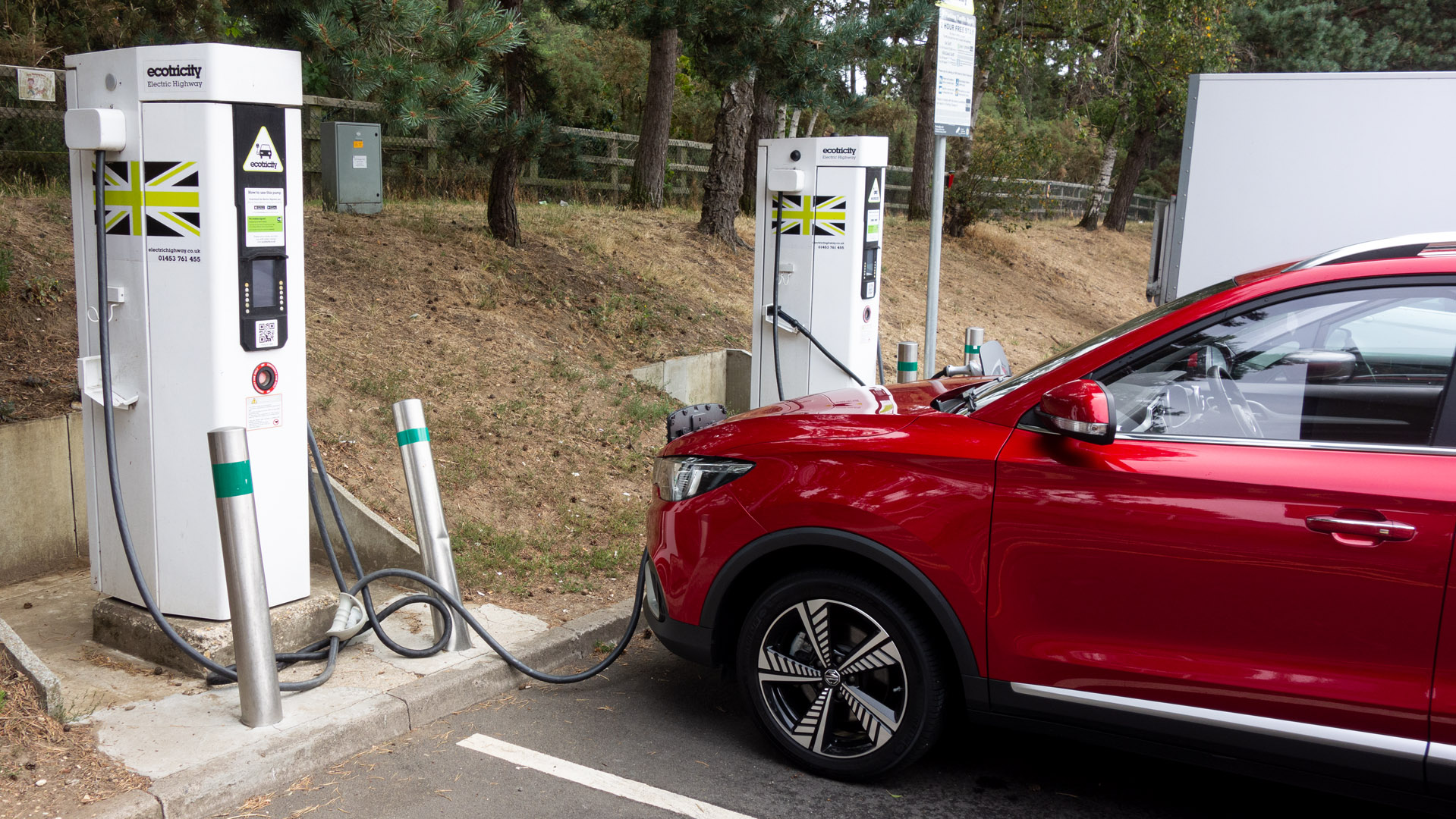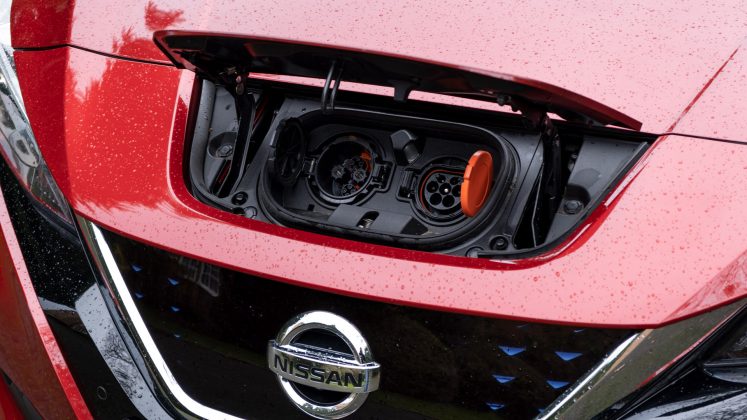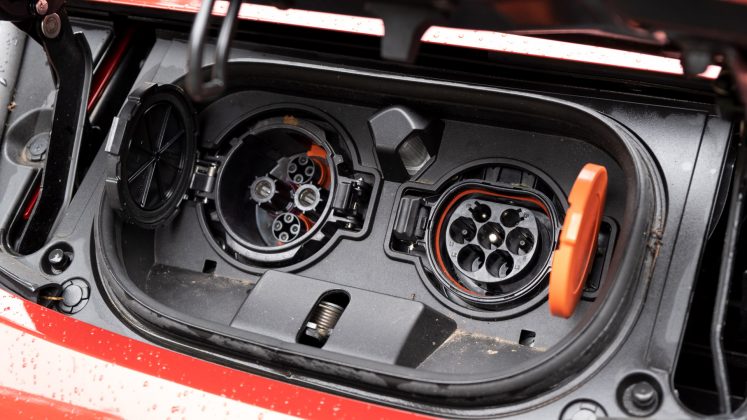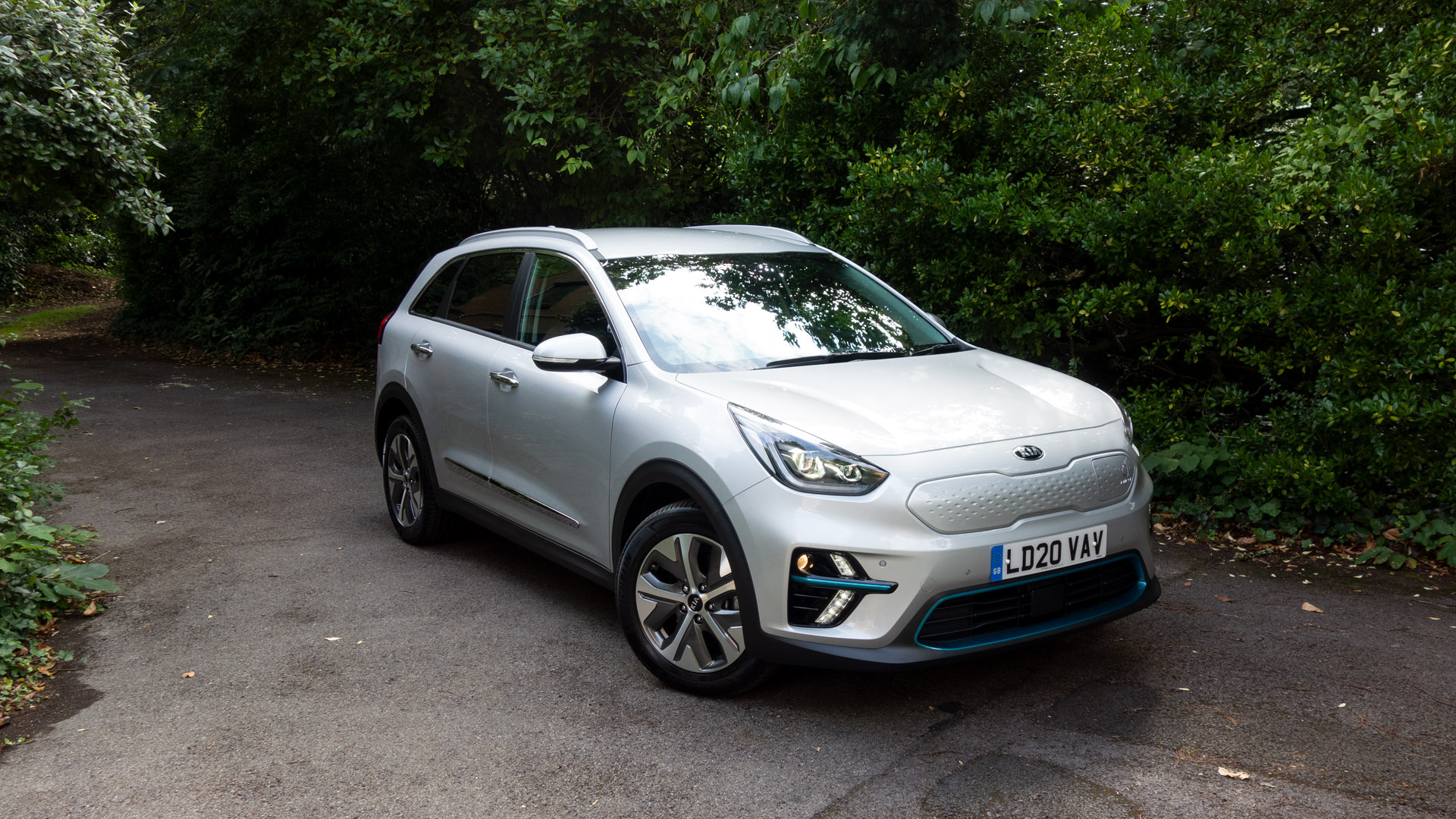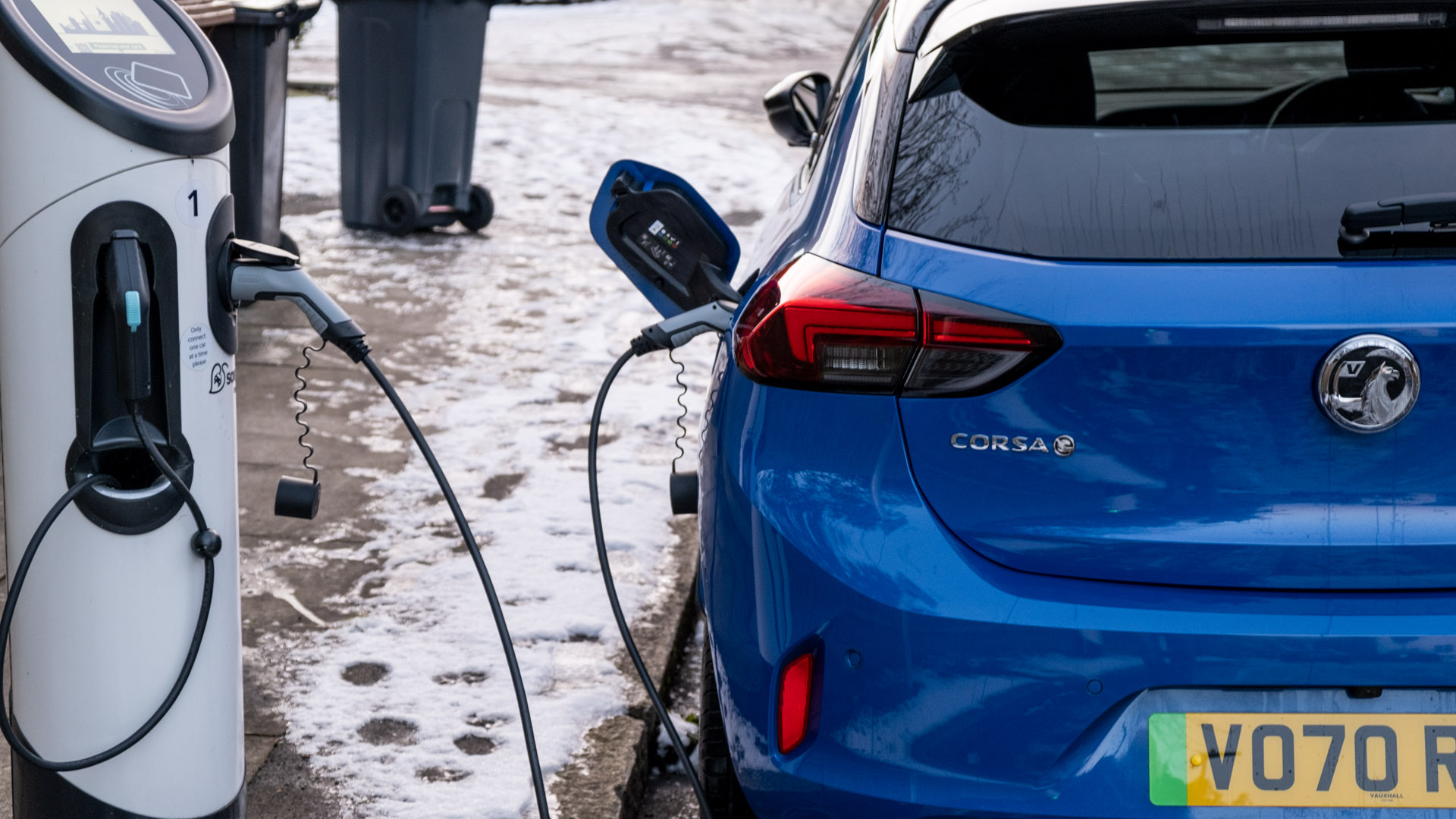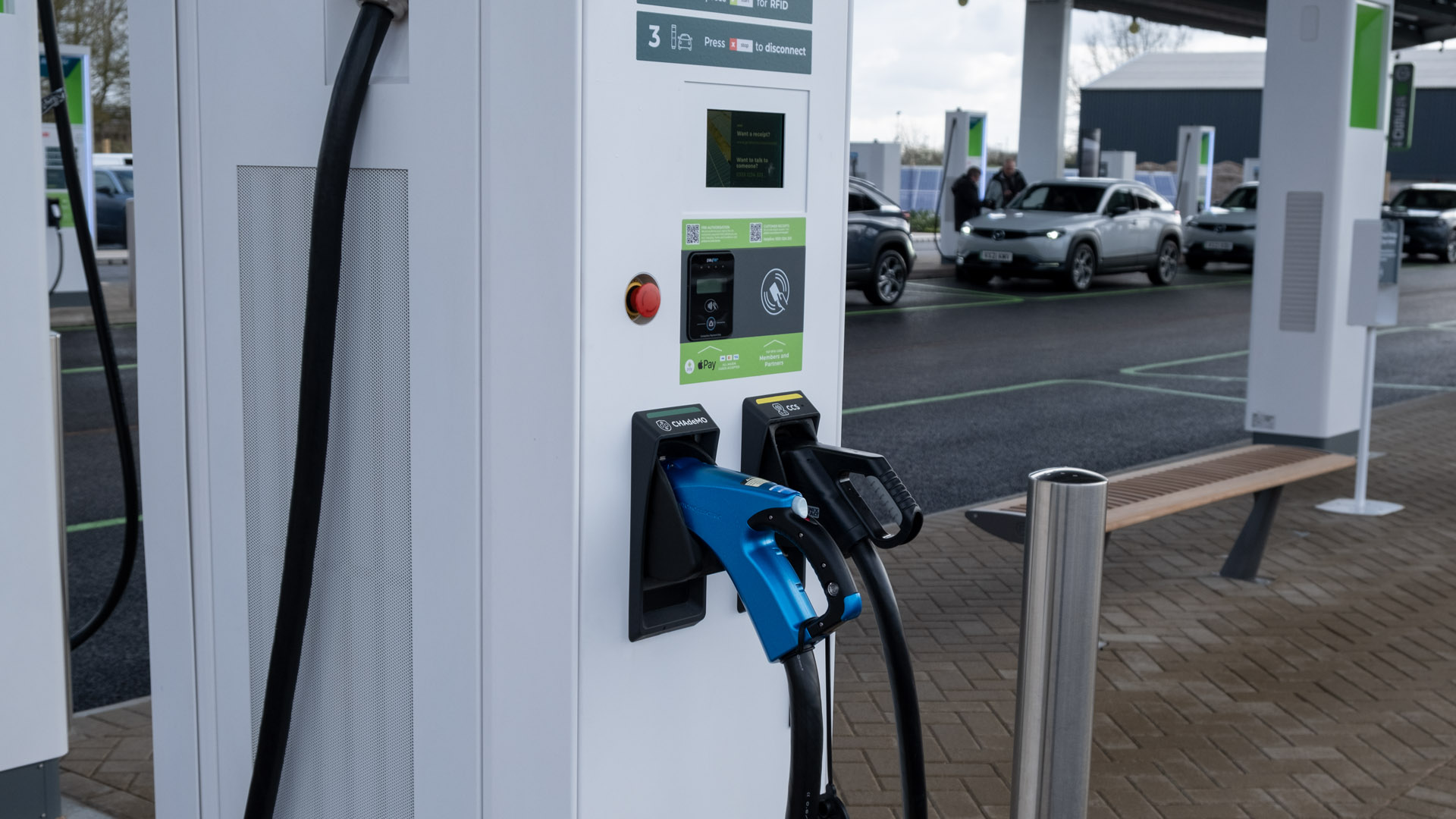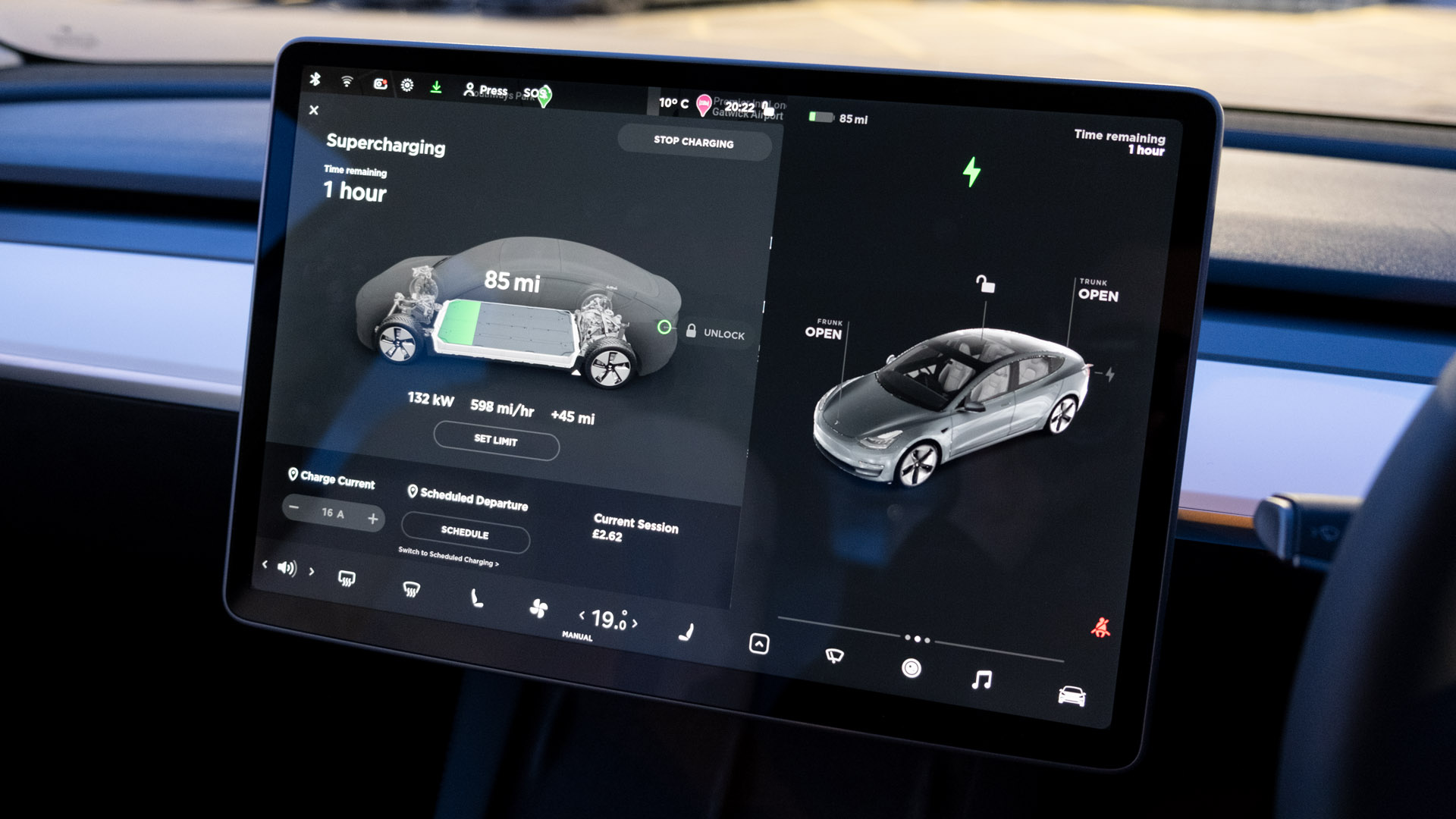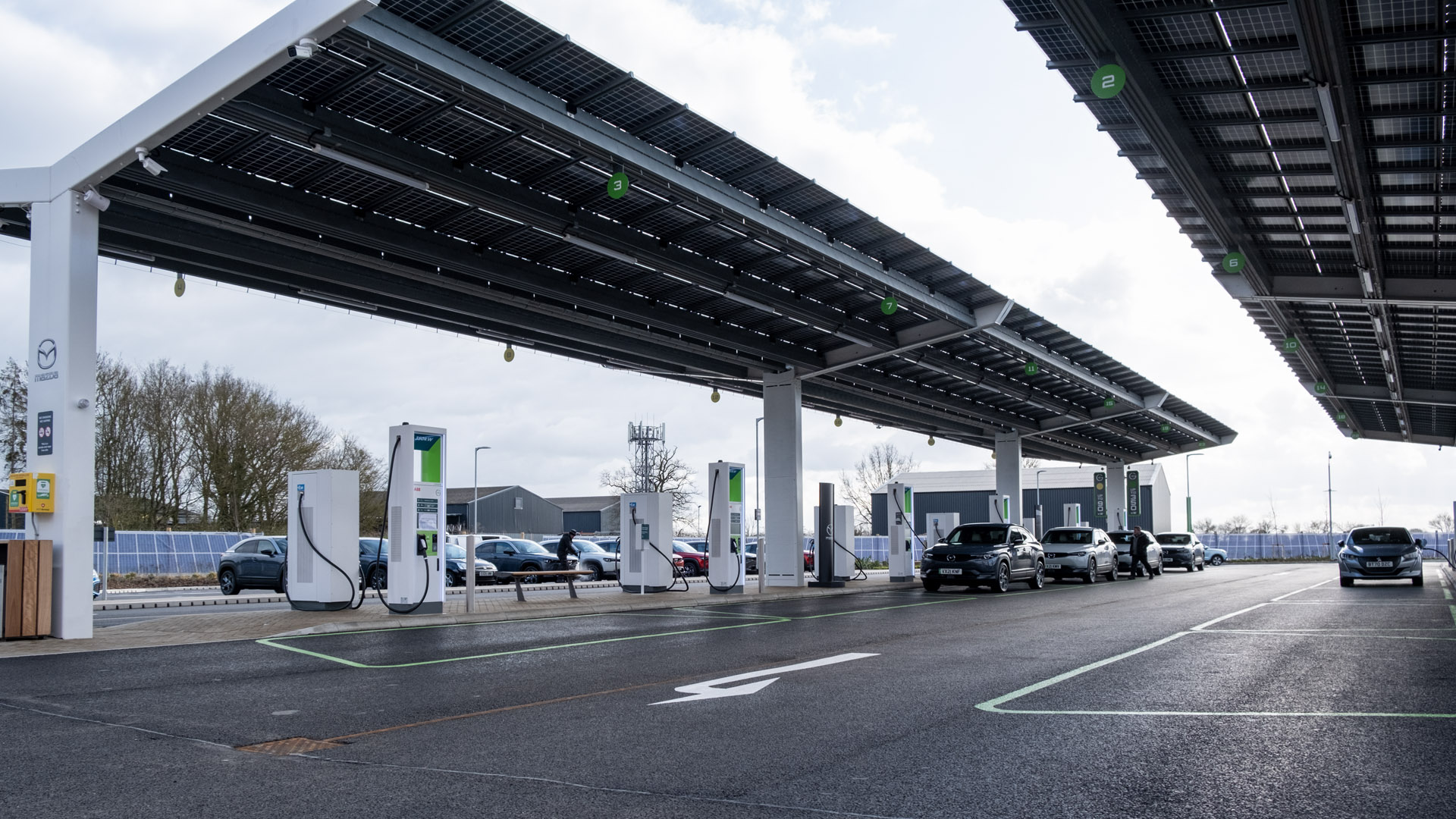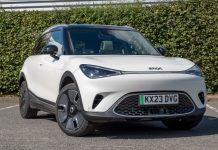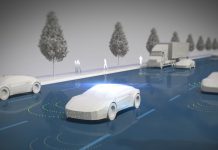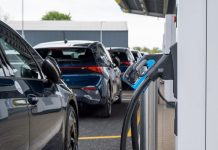Our mobility is undergoing an unprecedented transformation process. The number of vehicles worldwide exceeded the billion mark a decade ago and the growth is continuing. This has significant consequences for climate change (CO2 emissions) and air pollution (particulates and nitrogen oxides).
E-Mobility offers an opportunity for a broad transformation away from fossil-based mobility and towards mobility based on renewable energy.
Further, as countries in a rapidly growing and changing world try to address the future energy requirements, achieving a sustainable transportation becomes an important challenge. Until recently, “range anxiety” was considered the biggest challenge of the growth of the electric vehicle (EV) market; where consumers fear of being stranded due to poor battery performance or a lack of charging infrastructure.
National and international policy frameworks, aiming to support the deployment of EV supply equipment (EVSE), are driving the EV charging equipment market growth. Countries such as Germany, China, the Netherlands, and France, among others, are some of the key nations developing their EV charging infrastructure through various policy support measures.
For instance, Germany is pursuing the goal of building 50,000 additional fast and standard charging stations by the end of 2021, making the next fast-charging station reachable within 10 minutes. In addition, a public fast-charging network with 1,000 locations is to be established by the end of 2023. This high-speed charging network is to comprise several charging points per location, each providing a minimum output of 150 kW. This makes long-distance journeys and fast charging in densely populated areas possible without any problems.
Read next: The best dash cams to mount inside your vehicle
However, the present reality looks sobering. In Q4 2020, the German charging infrastructure is covered with about 35,600 charging stations. To achieve the ambitious goals, the German government has introduced numerous measures to promote e-mobility in recent years which include the purchase discount on EVs, the car tax exemption and the Electric Mobility Act.
The Electric Mobility Package of May 2016 decided, among other things, to promote publicly accessible charging infrastructure with a volume of 300 million euros. The new edition of the Charging Infrastructure funding program in the amount of 500 million euros is planned for the beginning of 2021. The policy frameworks have led to a record number of new registrations of EVs in Germany. In 2020, around 194,200 battery electric vehicles (BEVs) were newly registered, around three times as many as in the previous year (worldwide in 2019 about 2,320,000).
To get a deep dive into the sector, TotallyEV reached out to Michael Tybel, Head of the Scienlab Solution Centre, which became part of Keysight’s Automotive & Energy Solutions (AES) in 2017; Simon Reitemeyer, Solution Architect for the charging test solution at the Scienlab Development Centre; and Julian Tomczyk, Solution Marketing Specialist for charging and inverter test solutions at Keysight.
Read next: Volkswagen ID.4 review: Better than the VW ID.3?
Interoperability
As the battery capacity of newer middle-class EVs reaches 60 to 80 kWh, range anxiety is becoming less and less of a factor. But this superior range and the mentioned rapid growth of total public EVSE installations alone, will only lead to e-mobility conquering the global mass market, if the implementation is mature enough.
Imagine eagerly approaching a DC quick charger with a nearly drained battery; the relief when seeing the charger being powered and not occupied by others through your windscreen; and the frustration if the charging won’t start for invisible reasons or maybe successfully start but only at a fraction of the supported charging power. How does the EV driver and his family feel in this situation?
To make internal combustion engine (ICE) cars entirely obsolete, EVs must become truly long-range capable. For that, an EV driver must rely on the next charging point on his or her route being operational and interoperable with his or her vehicle. That might sound trivial, but in fact, is complex to achieve.
Do you recall the introduction of Wi-Fi in consumer laptops? Today, nobody would expect a new mobile device to have issues connecting to any private or public Wi-Fi network. But to get there, it needed the Wireless Ethernet Compatibility Alliance (WECA, in year 2002 renamed to Wi-Fi Alliance) which developed dedicated compatibility tests that haven’t been included in the IEEE 802.11b standard itself.
Read next: Audi e-tron review: Best premium all-electric SUV?
Two decades later, the same situation applies to EVs and charging infrastructure. While most of the relevant normative specifications have been published between 2014 and 2015, they did not contain corresponding tests on how to verify the implementation’s conformance. In the following, let us look closer into the charging protocol called Combined Charging System (CCS), as it is the de facto standard in Europe and North America and gains greater market acceptance in other countries outside of Japan and China.
In 2021, in the middle of a wave of 2nd generation EVs being introduced by all major car manufacturers, charging interoperability is not solved yet. Here is why:
Compared to WiFi, a CCS charging interface is greatly more complex as it includes high voltage and the transfer of a significant amount of electrical energy. Secondly, cars are designed according to specific automotive standards, while charging infrastructure is following more generic electro technical standards. As a result, the technical specification for EV DC charging is fragmented in multiple International Electrotechnical Commission (IEC), International Organization for Standardization (ISO) and German Institute for Standardization (DIN) documents.
There is still no conformance test specification published regarding the system and safety requirements of EV and EVSE besides the communication protocols. This effectively means that all currently deployed CCS products could not undergo harmonised tests.
Luckily, this is about to change. The major industrial stakeholders, organised within the Charging Interface Initiative e.V. (CharIN), are about to publish an interoperability test program soon. It initially focuses on EVSE conformance tests and will allow OEMs to test their products.
Read next: Kia e-Niro review: The best all-electric SUV?
Outlook for the Near Future
While focusing on today’s challenges of interoperability, the e-mobility market strives already in areas of new developments and technologies to achieve two comprehensive goals to become mass suitable and “green”. These goals shall be realised to provide the EV driver with a convenient and similar experience when charging his or her EV in comparison to the well-known refuelling of ICE. Relevant terms, in this case, are easy access and most likely automated communication between electric vehicle and charging station as well as a preferably short charging session.
Read next: MG ZS EV review: An affordable all-electric SUV
Plug and Charge, Smart Charging
Currently, EVs need to be identified with Radio Frequency Identification (RFID) cards or other means on the charging station by the EV driver to verify and start a charging session and arrange a successful payment. This procedure is error-prone and inconvenient as many different identification means and payment services exist on the market. With Plug and Charge, specified within the ISO 15118 series, the process of identification and payment will be automated in a way, that the EV driver only needs to plug-in the charging cable into his or her vehicle. To support such a feature, the charging communication and especially the information about payment need to be encrypted to provide the user with a safe charging experience. In addition, to increase the complexity of this ecosystem, the payment information needs also to be communicated securely to further stakeholders via backend infrastructure.
A second step in automating EV charging is wireless solutions. Without the need for a charging cable, the EV driver only needs to park their vehicle and charging, communication and power transfer is executed automatically.
Buy a car phone mount on Amazon (Affiliate)
When talking about e-mobility, people directly think about “green” mobility as a term of CO2 neutrality and energy provided by renewable sources. To fulfil such a thought, smart charging is a major aspect. Smart charging describes the scheduling of charging sessions of an electric vehicle controlled by intelligent load management. Criteria for scheduling are the (minimum) amount of energy needed by the connected vehicle to support the driving range of their owner/user or regarding the minimisation of the overall power consumption in the grid. The challenge of such a load balancing is the complexity and severity of control when talking about numerous connected charging spots and fluctuating amounts of renewable energy like solar or wind.
Such relatively unpredictable fluctuations in renewable energy sources need to be buffered, when thinking about time periods of high solar radiation or strong winds in contrast to cloudy and calm weather conditions. EV batteries can contribute significantly to such situations if they are seen as energy storage systems. This provides scenarios like “vehicle to grid (V2G)” or “vehicle to home (V2H)”, where the EV battery serves as a power source for other consumers in the household whenever renewable energy sources are limited or cannot provide the necessary amount of energy. In case the energy consumption is reported to the grid operator via smart meter and an IT cloud system, EVs and their battery packs also help to minimise peaks in conventional energy production.
Read next: Renault Zoe review: Best electric family car?
Automatic Connection Devices
For conductive charging, the next logical step to increase user convenience is to eliminate the need to exit the car and connect the charging gun to the car, which is particularly onerous in cold or wet weather conditions. Moreover, in the case of DC charging, handling can be additionally cumbersome because of the weight and rigidity of the cable.
Hence, the upcoming ISO 15118-20 standard will introduce the support of Automatic Connection Devices (ACD) which can be implemented in various ways (e.g. pantograph, specific underbody connection or conventional connector being plugged by a robotic system).
Read next: Tesla Model 3 review (2021 facelift): Should you buy into the hype?
High-Power Charging
One additional aspect when comparing the refuelling of an ICE with the charging of an EV is the charging time.
CharIN e.V. currently provides a classification for CCS, named “DC CCS Power Classes”, starting with power class “DC5” and ending with “HPC350”, for 5 kW respectively 350 kW maximum charging power. Charging voltages are specified with a maximum of 920 volt and currents of 500 amperes (DC). ChaoJi-1/-2, a newly developed charging standard by Chinese and Japanese institutions to replace current standards GB/T and CHAdeMO, specifies a maximum charging power of 900 kW, at 1,500 volts and 600 amperes (DC).
These significantly increased DC charging currents will be still manageable thanks to liquid-cooled charging cables, as they are sufficiently lightweight and flexible in contrast to the conventional variants. This in combination with doubling the battery pack voltage, critically decreases the typical charging time to a conventional refuelling duration.
Read next: Nissan Leaf review: Best all-electric daily driver?
Outlook for the Distant Future
When talking about the challenges of e-mobility these days, the focus is usually on passenger vehicles with an electrified powertrain. While there are many existing DC charging standards, none are sufficient to charge commercial vehicles within a reasonable time. To charge a vehicle with 200-600 kWh batteries in 20-30 minutes (the charging time requested by the customer), a power of over 1 MW and a current of over 1,000 amperes is required.
For this reason, the truck and bus industry is trying to create a new solution for charging their heavy-duty electric vehicles. Due to the need for a connector for charging electric commercial vehicles, CharIN initiated the Megawatt Charging System (MCS) working group back in 2018 to comply with a holistic system approach based on CCS. Currently discussed technical requirements for a global MCS are a maximum of 1,500 volts and 3,000 amperes (DC), which is based on PLC + ISO/IEC 15118, but only as a single conductive plug.
Read next: MG5 EV review: The affordable fully electric estate
2025 and beyond
In summary, e-mobility is entering the potentially most critical phase in terms of mass adaption and charging infrastructure is thereby a key factor. Thanks to governmental policies and huge investments, the total number of charging points including very capable high-power charging stations for long-distance journeys, will increase massively by 2025.
Smart new features will turn what was often an inconvenient charging experience into a seamless and highly automated one that is far superior to visiting petrol stations. However, to get there we must take up an invisible but decisive challenge. Industry and standardisation bodies are struggling to integrate all these new, advanced features for smart charging into official norms and specifications, while maintaining backward compatibility with already deployed products.
Read next: Skoda Enyaq iV review: The Volkswagen ID.4 alternative
Therefore, companies like Keysight are currently developing test solutions for EVs and EVSE. With its Scienlab charging test solutions, Keysight enables car manufacturers and charging station providers to test charging interfaces of EVs and EVSE during high-power charging.
What do you make of the future of EV charging? Let us know in the comments section below or on social media; we’re on: YouTube, Instagram, Facebook, Twitter and LinkedIn.

